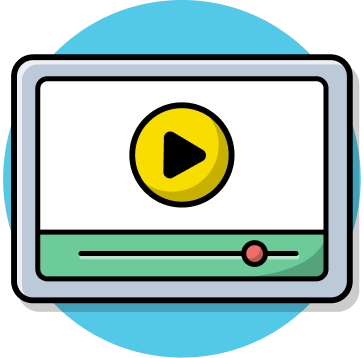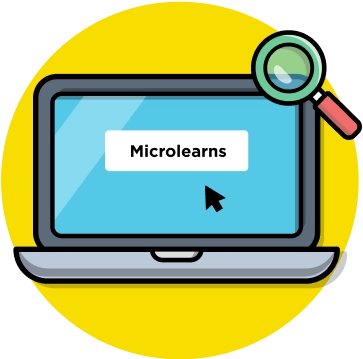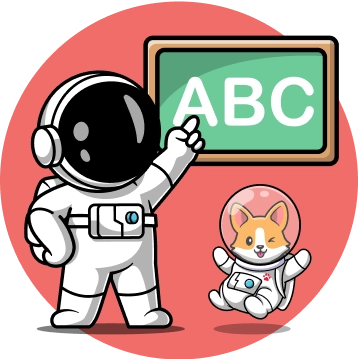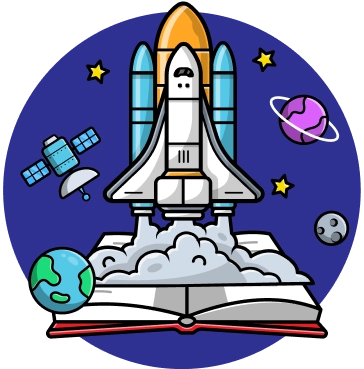


Learning
Resources
Discover New Ways to Teach Fundamental Literacy Skills

Some 34% of students are below basic reading level in the fourth grade.
—U.S. National Center for Education Statistics

How to Use These Resources
This site is designed to guide you through a step-by-step approach to mastering and applying the five foundational keys of literacy. These five areas of literacy build on each other. For the best results, we recommend starting with Phonological Awareness, then moving to Phonics, Fluency, Vocabulary, and finally Reading Comprehension. This order reflects how students develop literacy skills most effectively.
Follow this progression to make the most of your learning experience:

Start with the Explainer Video
Watch the explainer video to understand the key concepts of each big idea of literacy.


Dive into the Microlearns
Complete the 6–8 minute, self-paced modules for each big idea. These modules provide research-based strategies and activities you can immediately use with your students.


See the Strategies in Action
Watch the masterclass video, where a teacher demonstrates these strategies in a real-world classroom setting.


Equip Yourself with Task Cards
Print the task cards to keep these strategies at your fingertips and use the printable manipulatives to support hands-on learning with students.


Apply What You’ve Learned
Use the ready-to-use activity to teach foundational literacy skills like phonics, vocabulary, and comprehension directly in your classroom or after-school program.

Why This Approach Works
Each step builds on the previous one, helping you gain foundational knowledge, see effective strategies in practice, and implement them confidently. Whether you’re a classroom teacher or afterschool professional, these resources provide the tools you need to create engaging, impactful literacy experiences for K–2 learners.
